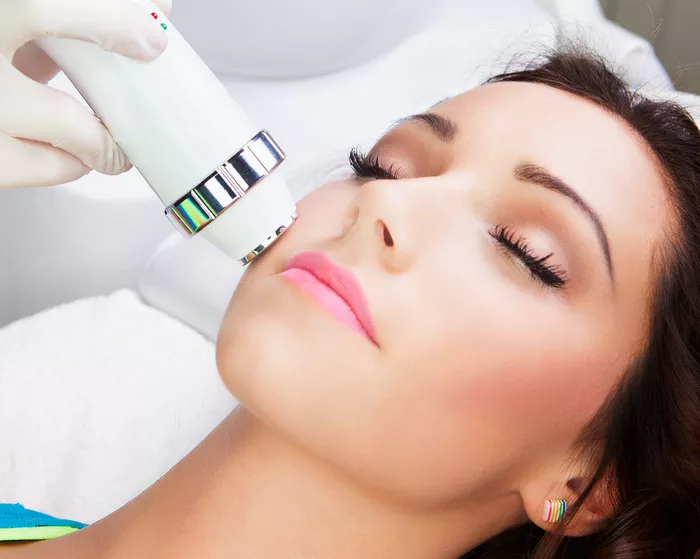Freckles are small, dark spots that appear on the skin, often in areas that are exposed to the sun. While freckles are generally harmless, they can be a sign of sun damage and should be monitored. In this article, we will explore why you may be getting more freckles on your face, the role of sun exposure, genetics, and age in freckle formation, and how to prevent and treat freckles.
Sun Exposure and Freckle Formation
Sun exposure is the primary cause of freckles. When the skin is exposed to the sun, the melanocytes, or pigment-producing cells in the skin, produce more melanin in an attempt to protect the skin from damage. This can lead to the formation of freckles, which are clusters of melanin in the skin.
If you are getting more freckles on your face, it may be due to increased sun exposure. This can occur if you spend more time in the sun, or if you do not protect your skin from the sun’s harmful UV rays. Freckles may also become more visible as you age, due to the cumulative effects of sun exposure over time.
Genetics and Freckle Formation
Freckle formation is influenced by genetics. Certain genes have been linked to freckle formation, including the MC1R gene. This gene is responsible for producing a protein called melanocortin 1 receptor, which plays a role in melanin production. Variations in the MC1R gene can lead to an increase in freckle formation.
If you have a family history of freckles, you may be more likely to develop freckles yourself. However, even if you do not have a family history of freckles, you can still develop freckles due to sun exposure.
Age and Freckle Formation
Freckles may become more visible as you age, due to the cumulative effects of sun exposure over time. This is because the melanocytes in the skin become less able to produce melanin as you age, leading to a decrease in overall skin pigmentation. This can make freckles more visible, as they appear as darker spots on the skin.
In addition, hormonal changes that occur with age can also lead to an increase in freckle formation. For example, women may develop more freckles during pregnancy or menopause, due to changes in hormone levels.
Preventing and Treating Freckles
The best way to prevent freckles is to protect your skin from the sun’s harmful UV rays. This can be done by wearing protective clothing, such as hats and long-sleeved shirts, and using sunscreen with an SPF of at least 30. It’s also important to avoid spending time in the sun during peak hours, when the sun’s rays are strongest.
If you already have freckles, there are several options for treatment. Topical creams containing hydroquinone or retinoids can help to lighten freckles over time. Chemical peels and laser treatments can also be effective in reducing the appearance of freckles.
Conclusion
If you are getting more freckles on your face, it may be due to increased sun exposure, genetics, or age. Freckles are generally harmless, but they can be a sign of sun damage and should be monitored. The best way to prevent freckles is to protect your skin from the sun’s harmful UV rays, and if you already have freckles, there are several options for treatment. By taking steps to protect your skin and seeking treatment as needed, you can maintain a healthy, youthful complexion.
FAQs
Why did I get more freckles on my face?
An increase in freckles on the face can be attributed to various factors, including increased sun exposure, hormonal changes, and genetics. Sun exposure stimulates melanocytes, the cells responsible for producing melanin, resulting in the development of freckles. Hormonal changes, such as those during pregnancy or puberty, can also influence melanin production and lead to the appearance of new freckles.
Are new face freckles normal?
Yes, it is normal to develop new freckles on the face, especially with increased sun exposure or hormonal changes. Freckles are commonly seen on sun-exposed areas of the skin, including the face, and their development can vary depending on individual factors such as skin type and genetics.
Do freckles on the face go away?
Freckles on the face are typically permanent, especially if they are caused by sun exposure or genetics. While certain treatments like laser therapy or chemical peels may help lighten the appearance of freckles, they may not completely eliminate them. Consistent sun protection and skincare can help prevent further darkening of freckles and maintain overall skin health.
Can you get new freckles in your 30s?
Yes, it is possible to develop new freckles in your 30s and at any age, especially with continued sun exposure. Even if you did not have many freckles earlier in life, factors such as increased time spent outdoors without sun protection or hormonal changes can lead to the development of new freckles later in life. It’s important to practice sun safety measures and wear sunscreen daily to help prevent the formation of new freckles and protect your skin from sun damage.


